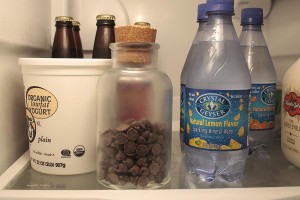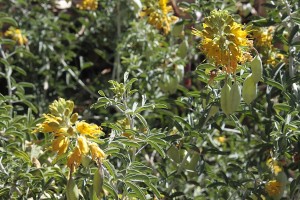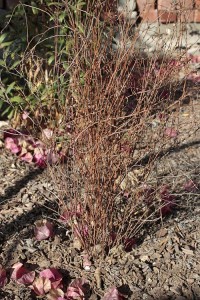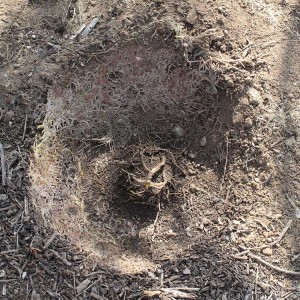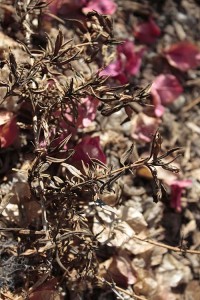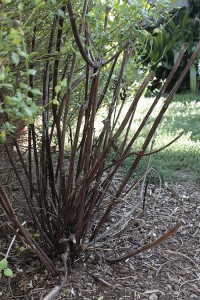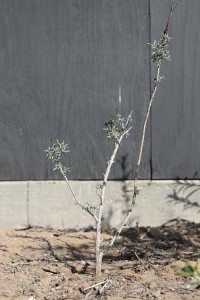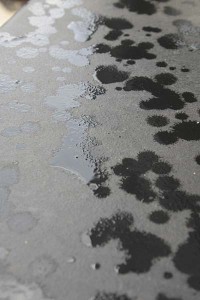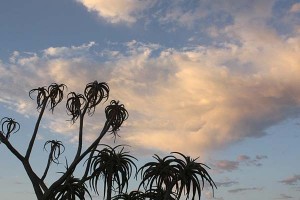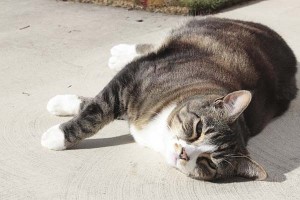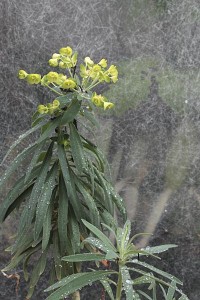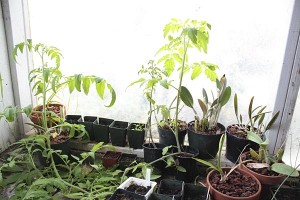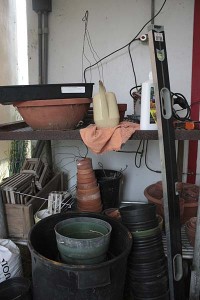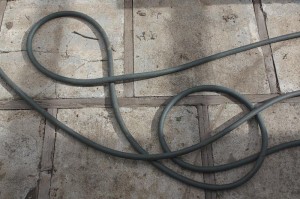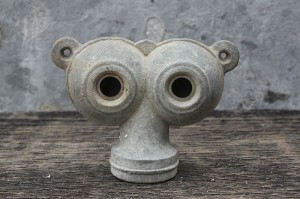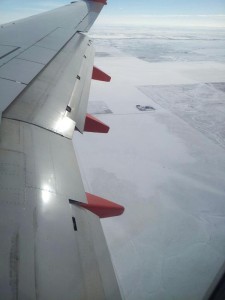
It all seems a little surreal. Less than three weeks ago I was on a plane landing in a very snowy Denver. Waiting for transit to downtown required a 50-minute wait in 8 degree weather. Before that the coldest temperature I’d ever experienced was 11 degrees one September morning shivering on the slopes of Mount Whitney. So this trip broke a personal record.
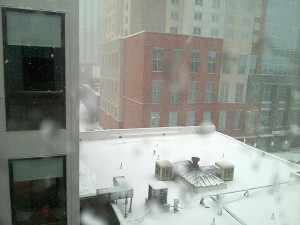
That week also was a city record for Denver, the most snow ever to fall in a single February. This view out the hotel window was on the day the record fell (along with the snow). Among sightseeing opportunities, the Coors brewery would have been walking distance if it sounded like an interesting thing to do. On this cold, snowy afternoon the walk did not sound tempting.
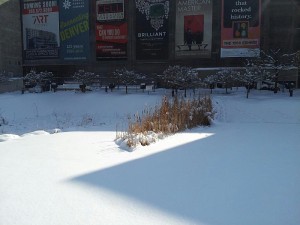 Denver often warms enough to melt some of the snow between storms, so what was on the ground was a nice light snow blanket, not the smothering white wooly layers much of the rest of the country has had to deal with.
Denver often warms enough to melt some of the snow between storms, so what was on the ground was a nice light snow blanket, not the smothering white wooly layers much of the rest of the country has had to deal with.
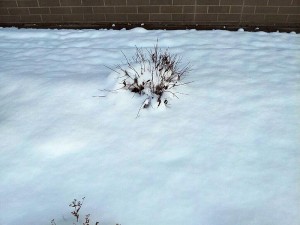 To this subtropical California it was all pretty exotic. So, plants that get frozen like this come back to tell about it? Sounds like an episode of The Walking Dead to me.
To this subtropical California it was all pretty exotic. So, plants that get frozen like this come back to tell about it? Sounds like an episode of The Walking Dead to me.
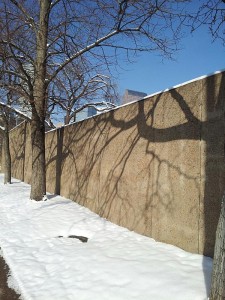
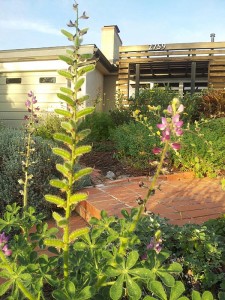
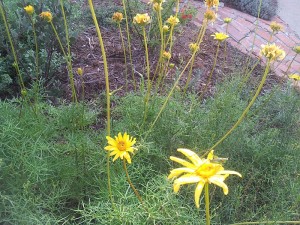
Now, a couple weeks later, back to San Diego, it’s totally “spring” in the gardens around here. Friday was a day spent outside with a bucket and a hose, hydrating new plants and annual wildflowers. And yesterday was the third freakish day with temperatures almost matching those of Palm Springs out in the desert. It is hot. The established plants will be fine if the heat breaks, but the new plants haven’t had a chance to put down mature root systems. The annuals set seed and disappear once the going gets tough, so a little deadheading and extra water will keep them going a few extra weeks. And a few of the perennials respond the same way, including the local sea dahlia, Leptosyne maritima. A few buckets of supplemental irrigation is pretty little investment, especially when you look across the street to the neighborhood lawns.
But the humans have had enough. Can we have our normal weather back for a while, please?

